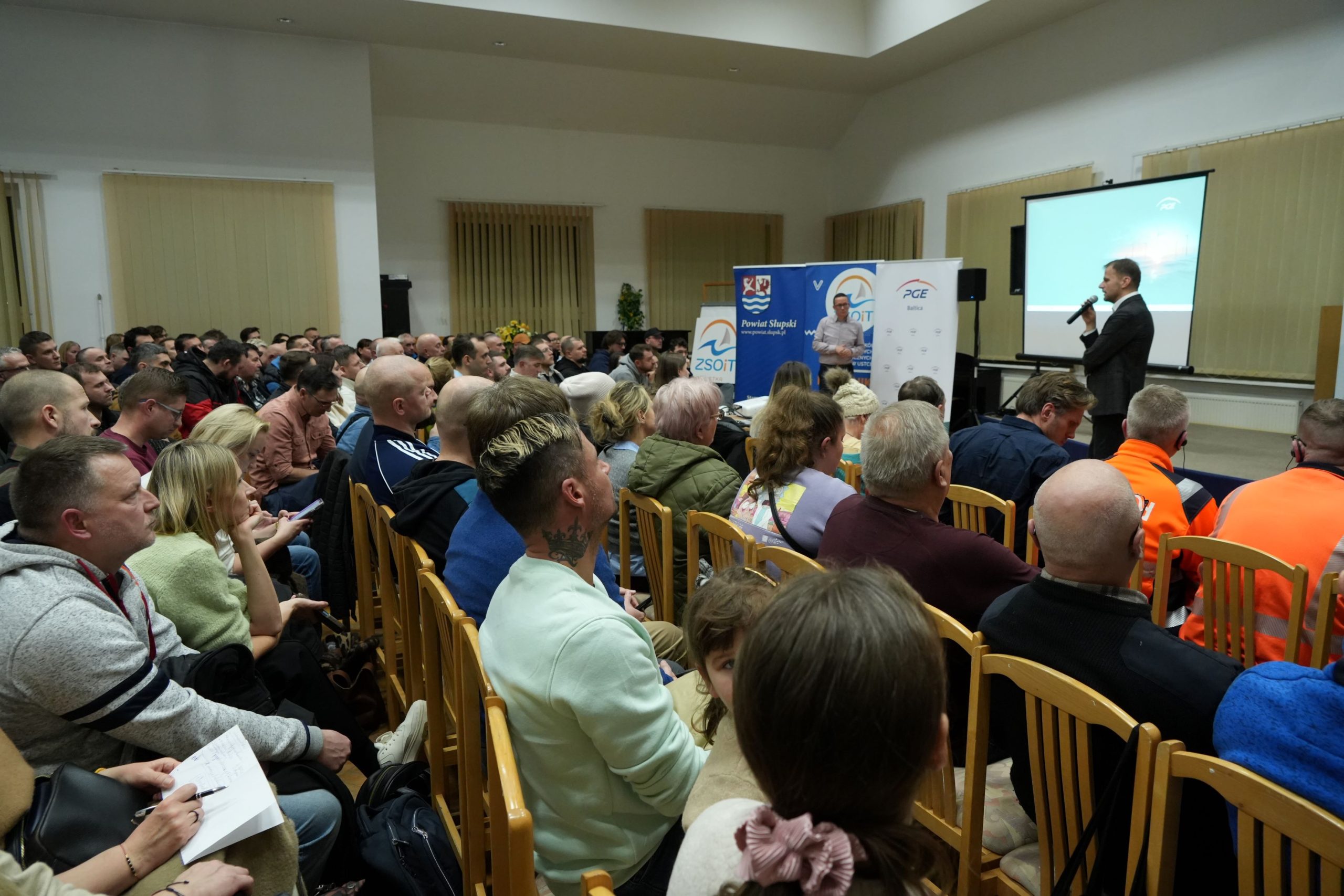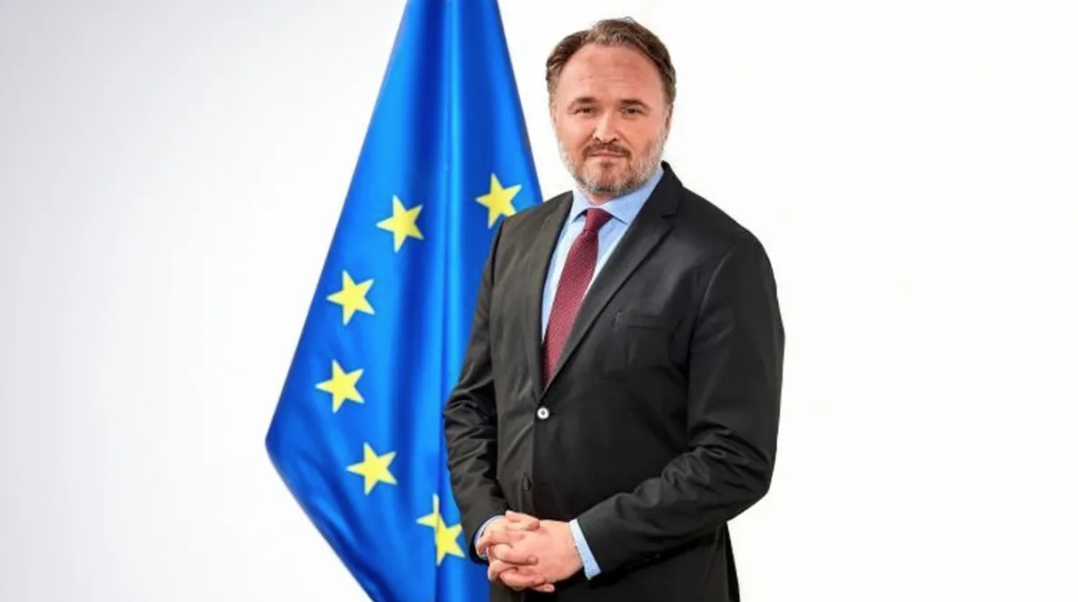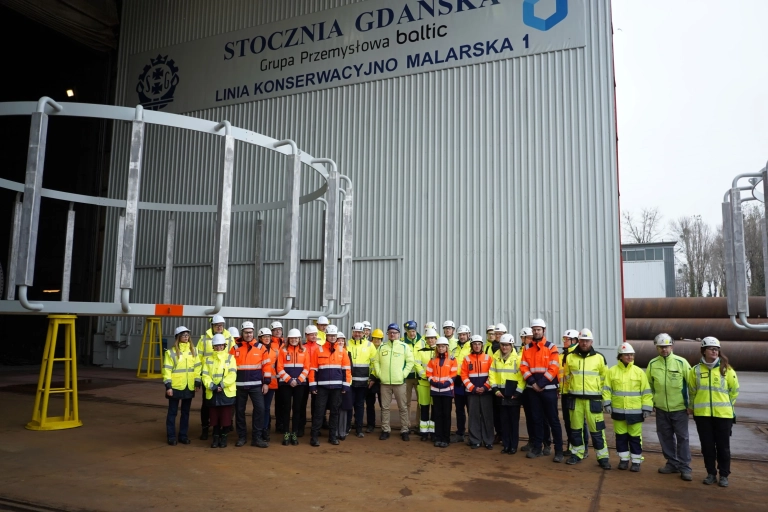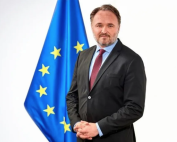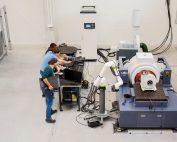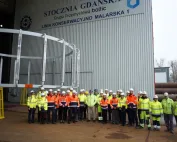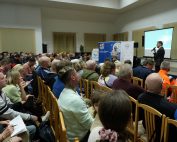So far 30 GW offshore wind farms in Europe are nearly all connected to the energy system through subsea power cables that run to mother country. As WindEurope indicates in the not-too-distant future many of them will connect to new “energy islands” which will centralise the transmission of the energy they produce. Some of these islands in the Baltic Sea and the North Sea will also connect to each other and help improve energy flows between countries in Europe.
Last year Denmark and Belgium announced they were going to connect their offshore electricity grids, mainly by connecting the new energy islands they want to build with a subsea cable in the North Sea.
Denmark wants to make Bornholm an energy island in the Baltic Sea with the same process and timescale as its other energy island in the North Sea. They will run an auction in 2024 to decide who builds islands. They are planned to be running by 2030. The two Danish islands will between them have 5-6 GW of new offshore wind farms connected to them.
The Netherlands and Germany are working on North Sea energy islands too. The Danish, Dutch and German TSOs want to build an island together on the Dogger Bank that’ll be operational in the early 2030s. They also want to connect this so-called North Sea Wind Power Hub to the UK, Belgium and Norway.
WindEurope points that these energy islands will play a huge role in Europe’s future energy system. They will host other equipment that will enable the system integration of offshore generation and storage into the high voltage grid. They could host electrolysers to convert wind power to renewable hydrogen – and energy storage facilities. This will further help align offshore wind with onshore energy demand. And islands will also help the physical integration of offshore wind into the energy system by minimising the number of onshore landing points for the energy produced at sea.
WindEurope CEO Giles Dickson said: “Energy islands will become a reality soon. And they’ll be incredibly useful in helping integrate offshore wind in the energy system and improving energy flows between countries. It’s great that Denmark, Belgium, the Netherlands and Germany are working to develop them and coordinating their plans.”
Source: WindEurope



